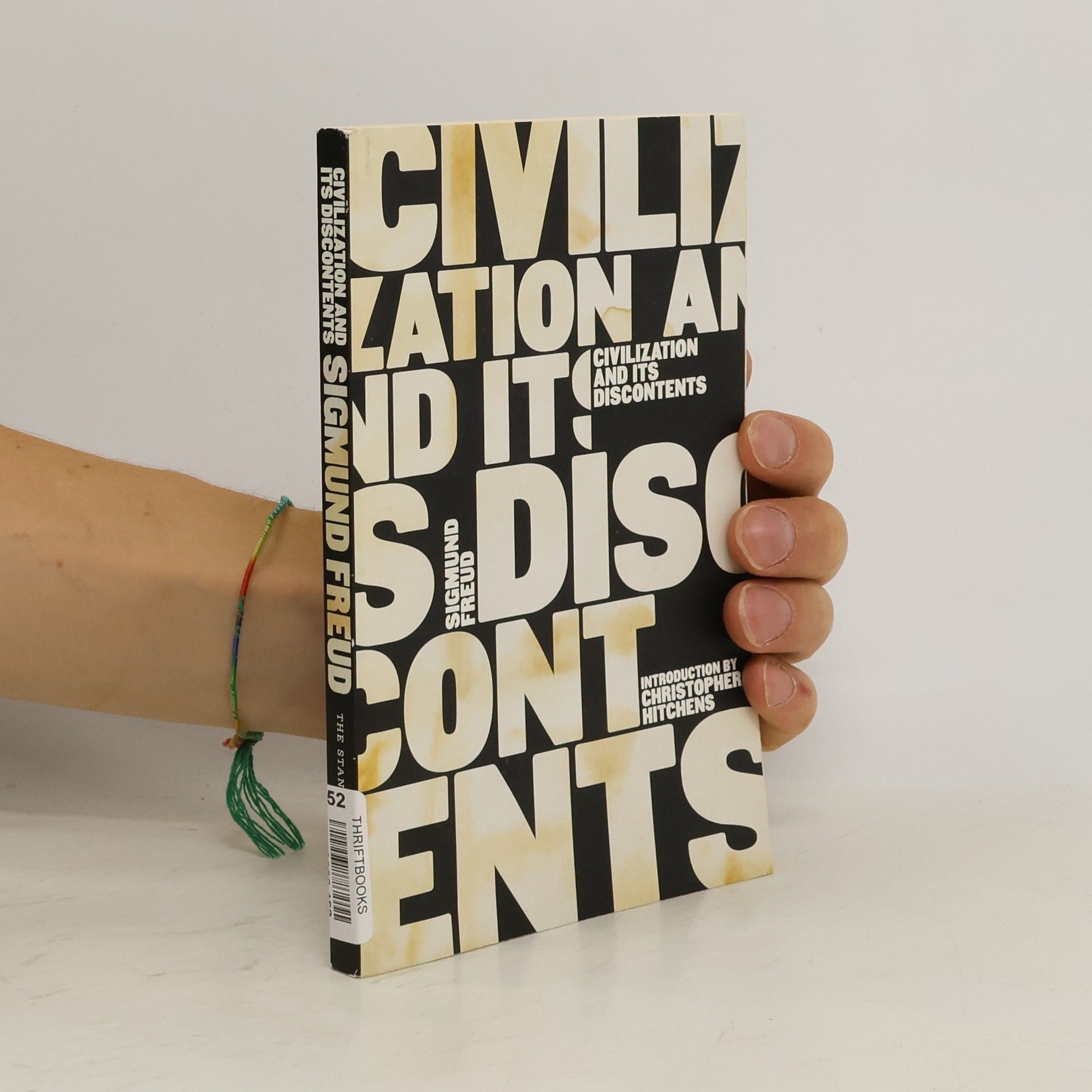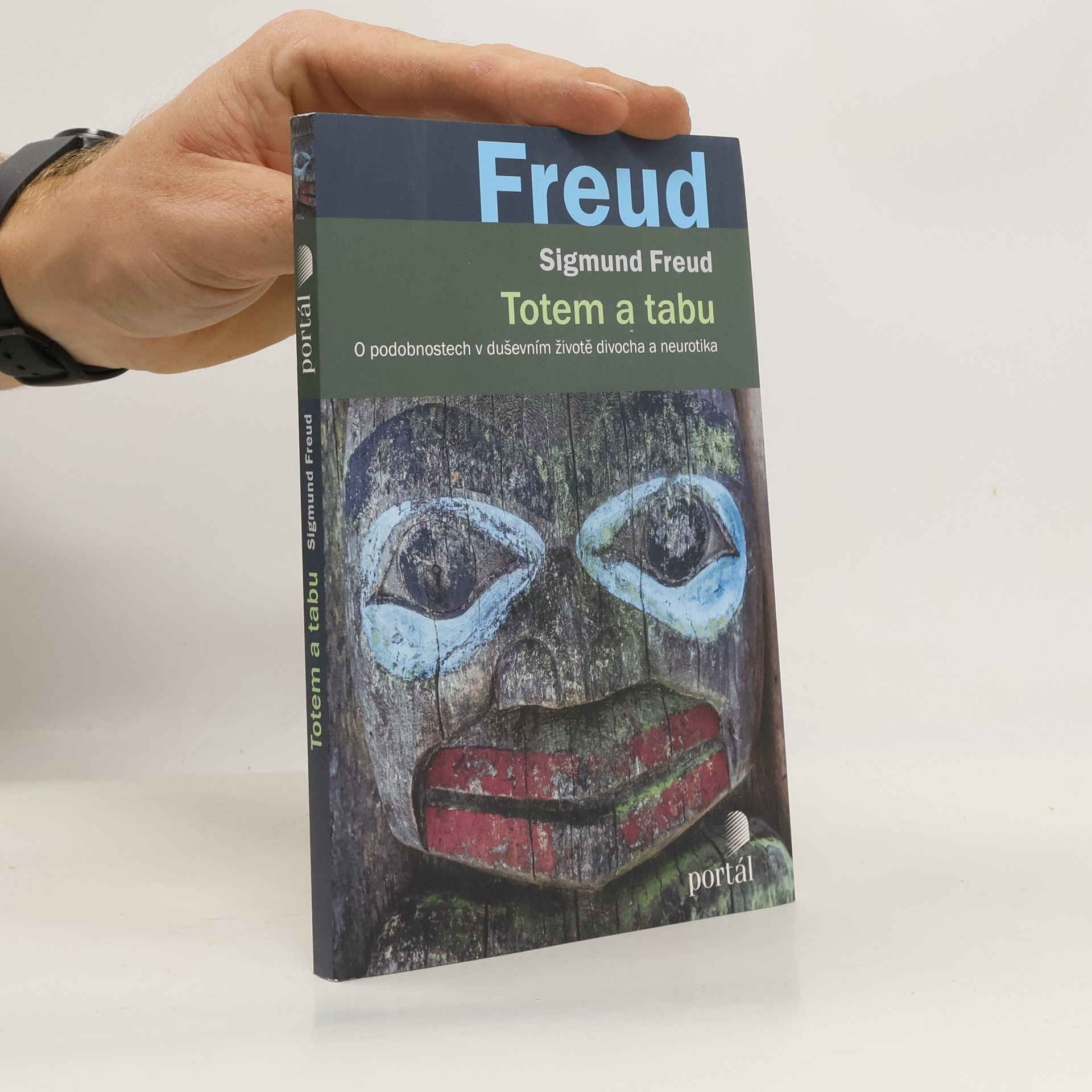roce 1913 vyšlo poprvé, způsobilo značný rozruch pro svůj radikální výklad náboženství jakožto neurotického symptomu. Jedná se o soubor čtyř statí, v nichž Freud zkoumá některé aspekty života přírodních národů a dává je do souvislosti s duševním životem neurotiků. Asi nejslavnější je poslední stať, kde Freud víru v bohy a totem odvozuje od prehistorické události, při níž skupina ze skupiny vyloučených synů zabila svého otce alfa-samce a následně ho snědla, aby vstřebala jeho moc. Když se svůj čin synové snažili odčinit, učinili z mrtvého otce totem a zavedli zákaz jeho pojídání. Prvotní – a v zastřenější podobě jakékoli – náboženství je tak vlastně snahou odčinit prvotní zločin. Málokdo dnes takové interpretaci věří, ale přesto se stala slavnou a nedílnou součástí studia člověka a náboženství. Doslov Václav Soukup.
Ludvík Hošek Volgorde van de boeken



- 2017
- 1998
Civilization and Its Discontents
- 186bladzijden
- 7 uur lezen
"Overview: Freud's seminal volume of twentieth-century cultural thought grounded in psychoanalytic theory, now with a new introduction by Christopher Hitchens. Written in the decade before Freud's death, Civilization and Its Discontents may be his most famous and most brilliant work. It has been praised, dissected, lambasted, interpreted, and reinterpreted. Originally published in 1930, it seeks to answer several questions fundamental to human society and its organization: What influences led to the creation of civilization? Why and how did it come to be? What determines civilization's trajectory? Freud's theories on the effect of the knowledge of death on human existence and the birth of art are central to his work. Of the various English translations of Freud's major works to appear in his lifetime, only Norton's Standard Edition, under the general editorship of James Strachey, was authorized by Freud himself. This new edition includes both an introduction by the renowned cultural critic and writer Christopher Hitchens as well as Peter Gay's classic biographical note on Freud."
- 1997
Totem and taboo
- 160bladzijden
- 6 uur lezen
Originally published in 1918, this landmark collection of essays by the father of psychoanalysis represents one of Freud's most penetrating attempts to decipher the mysteries of human behavior. Its focus is the conflict between primitive feelings and the demands of civilization, i.e., the struggle to reconcile unconscious desires with socially acceptable behavior. Totemism involves the belief in a sacred relationship between an object (totem) and a human kinship group. Men and women bearing the same totem are prohibited from marrying each other, this being a form of incest taboo. Freud identifies a strong unconscious inclination as the basis of taboo, and he attempts to define its source by tracing the earliest appearance in childhood development of totemism. After an examination of the incest taboo in primitive societies around the world, Freud discusses taboo and the ambivalence of emotions; animism, magic, and the omnipotence of thought; and the infantile recurrence of totemism.